On July 3rd, 2024, Japan has issued redesigned ¥10,000 (about$62), ¥5,000 (about$31) and ¥1,000 (about$6) banknotes on Wednesday integrating the latest anti-counterfeit technologies and featuring historical figures.(The exchange rate on July 3rd, 2024 was 160 yen to the dollar)
Hi how are you? Today’s topic is New banknotes enter circulation for the first time in 20 years.
Contents
Now that we are at the beginning of a cashless era, why new banknotes?
Regarding the issuance of new banknotes in Japan, there are important reasons behind the issuance of new bills, which may seem contrary to the arrival of the cashless era.
Enhancement of Counterfeit Prevention Technology
The primary purpose of issuing new banknotes is to enhance counterfeit prevention technology.
This update, the first in 20 years, utilizes the latest printing technology to create banknotes that are significantly more difficult to counterfeit than before.
This is an important initiative by the Ministry of Finance to ensure that citizens can use cash with confidence.
In recent years, counterfeit technology has become more sophisticated, making it increasingly difficult to detect counterfeit bills with older designs.
The new banknotes address these issues by incorporating the latest counterfeit prevention technologies.
Specifically, the following elements have been strengthened:
★ Holograms: More complex three-dimensional holograms have been adopted to make counterfeiting more difficult.
★ Microprinting: Extremely small text that is invisible to the naked eye is printed to prevent replication by counterfeiters.
★ Security thread: Threads woven into the banknotes are printed with intricate patterns to deter counterfeiting.
These technologies make the new banknotes significantly more resistant to counterfeiting than traditional banknotes.
Design Refresh
Issuing new banknotes provides an opportunity not only for enhancing counterfeit prevention but also for refreshing the design.
This time, portraits of Japanese historical figures have been newly adopted, aiming for designs that are more familiar to the public.
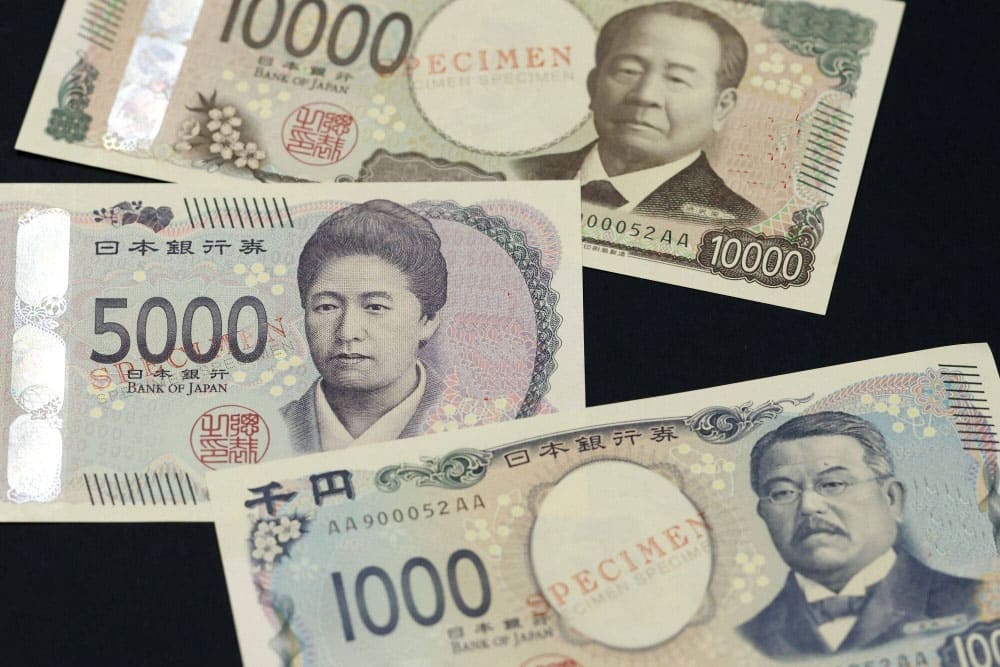
Additionally, elements of universal design have been incorporated to make the banknotes more user-friendly for visually impaired individuals.
For information on the individuals depicted in the portraits, please refer to “Who are the new faces on the banknotes?” later in the blog.
Other Reasons
In addition to the above, there are other reasons for issuing new banknotes:
★ Economic stimulation: Issuing new banknotes brings economic benefits to industries involved in printing and circulation.
★ National consciousness reform: Issuing new banknotes increases public interest in new money and promotes awareness reform regarding finance, including the move towards cashlessness.
★ Appeal to the international community: Issuing new banknotes with advanced counterfeit prevention technology showcases Japan’s technological prowess and reliability to the international community.
Thus, issuing new banknotes is an important policy measure aimed at achieving various objectives beyond the transition to a cashless society.
What new features are incorporated?
The new banknotes have many new security features, including some world firsts, to prevent counterfeiting and add to their usability.
★ Besides the intaglio-printed and watermark portraits that are commonly used on banknotes, the redesigned ¥10,000 and ¥5,000 notes feature three-dimensional holographic stripes that show the portraits at different angles when tilted.
★ The ¥1,000 note also has a similar holographic patch at the bottom left corner.
In recent years, crimes involving counterfeit banknotes have been on the decline, due partly to the spread of cashless payments. In 2020, 2,693 banknote counterfeit cases were reported to police. In 2023, only 681 were reported.
★ Tactile marks will allow visually impaired people to touch and tell which banknote they are holding.
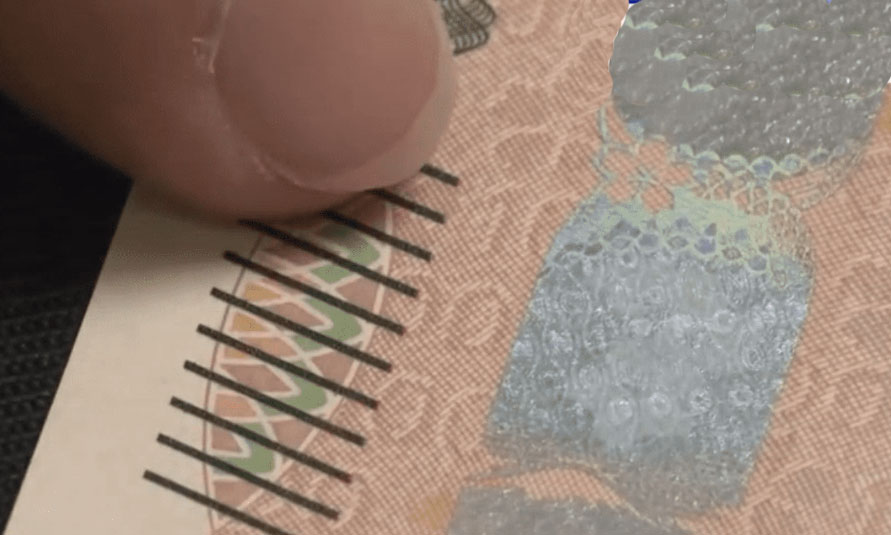 By touching 11 diagonal lines with one’s fingers, one can identify the type of currency by feeling the embossed patterns
By touching 11 diagonal lines with one’s fingers, one can identify the type of currency by feeling the embossed patterns
Who are the new faces on the banknotes?
★ The new ¥10,000 note features Eiichi Shibusawa, hailed as the “father of Japanese capitalism” for his contribution in introducing modern capitalism to Japan.

After the Meiji Restoration(1868), he founded the first modern bank in the nation. Shibusawa was also involved in establishing about 500 companies throughout his lifetime, some of which are currently listed on the Tokyo Stock Exchange.
★ The face on the new ¥5,000 note is that of Umeko Tsuda, an educator from the Meiji Era (1868-1912) who was also one of the first-ever Japanese women to study overseas.
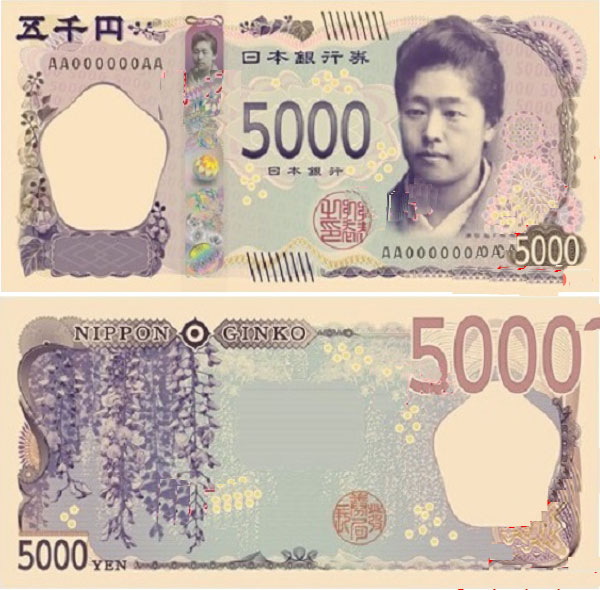
She arrived in the United States at the age of 6, attended school in Washington and studied there until she was 18.
From 1889 to 1892, she returned to the U.S. to study at Bryn Mawr College in Pennsylvania. After returning to Japan, she founded a women-only English school that later became one of the most prestigious women’s universities in Japan.
Tsuda was also known as the first Japanese woman to publish a paper in a Western academic journal.
★ Shibasaburo Kitasato, a bacteriologist who founded the department of medicine at Keio University, is the new face on the redesigned ¥1,000 banknote.

He later became the first president of the predecessor of what is now the Japan Medical Association.
One of 15 people nominated for the first Nobel Prize in physiology or medicine in 1901, he co-discovered an antitoxin against diphtheria with Emil von Behring, for which the latter became the prize’s first laureate.
The back of the new notes have also been redesigned. The ¥10,000, ¥5,000 and ¥1,000 banknotes feature Tokyo Station’s Marunouchi Building, Japanese wisteria flowers and ukiyo-e painter Katsushika Hokusai’s iconic “The Great Wave off Kanagawa,” respectively.
When and where can I get these new banknotes?
Japan started issuing new banknotes on Wednesday, showcasing what it touted is the world’s first use of cutting-edge holography that makes the portraits of historic figures look like they are rotating in 3D on the bills, one of their anti-counterfeit measures.
The Bank of Japan first started offering the new banknotes to financial institutions, and those banks will start using them once they are prepared.
This means it varied between financial institutions when the new banknotes were made available to users via ATMs and cashier windows.
The central bank had prepared 4.53 billion redesigned banknotes by the end of March. It expects this to reach 5 billion by Wednesday.
In addition, old banknotes will still be accepted once the new ones are in circulation, according to the central bank and the Finance Ministry.
In Japan, 18.54 billion banknotes were in circulation at the end of 2023. If they were lined up horizontally, it would be equivalent to eight times the distance between Earth and the Moon, Bank of Japan data showed.
Bank of Japan Governor Kazuo Ueda, right, speaks during a ceremony marking the issuance of new banknotes at the BOJ headquarters in Tokyo.
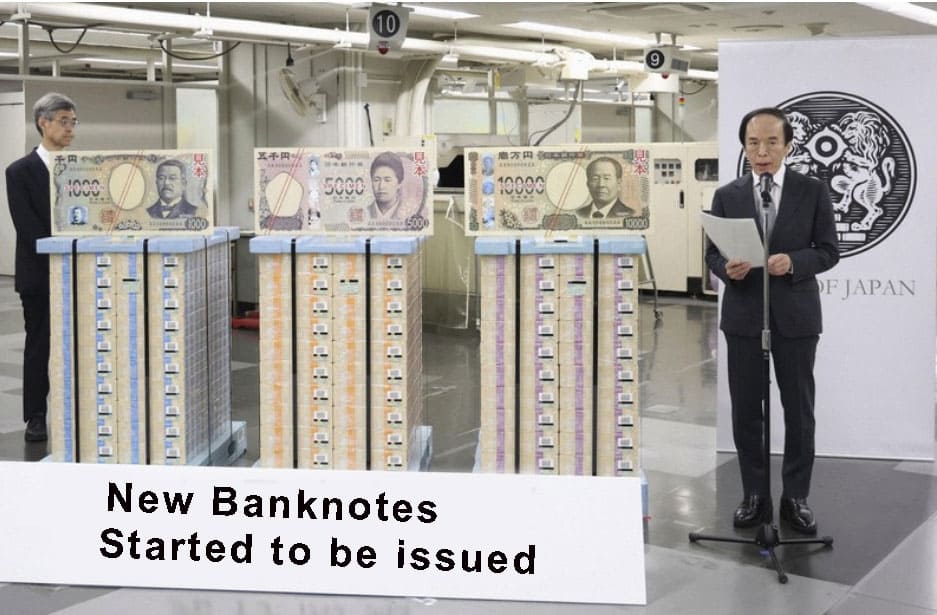
The BOJ’s head office in Tokyo’s Chuo Ward and 32 branches across the country began issuing the new notes at 8 a.m., one hour earlier than usual.
At the head office, BOJ chief Kazuo Ueda said, “While the use of cashless transactions is progressing, cash is a means of payment that anyone can use without anxiety and will continue to play a major role in the future.
I hope that (the new banknotes) will be widely distributed to the public and become a lubricant supporting the economy.”
The BOJ has already begun handing over the banknotes stored in its vaults to the various financial institutions and loading them onto cash transport vehicles. On July 3, 1.6 trillion yen (roughly $9.9 billion) worth of new banknotes are scheduled to be released into the market.
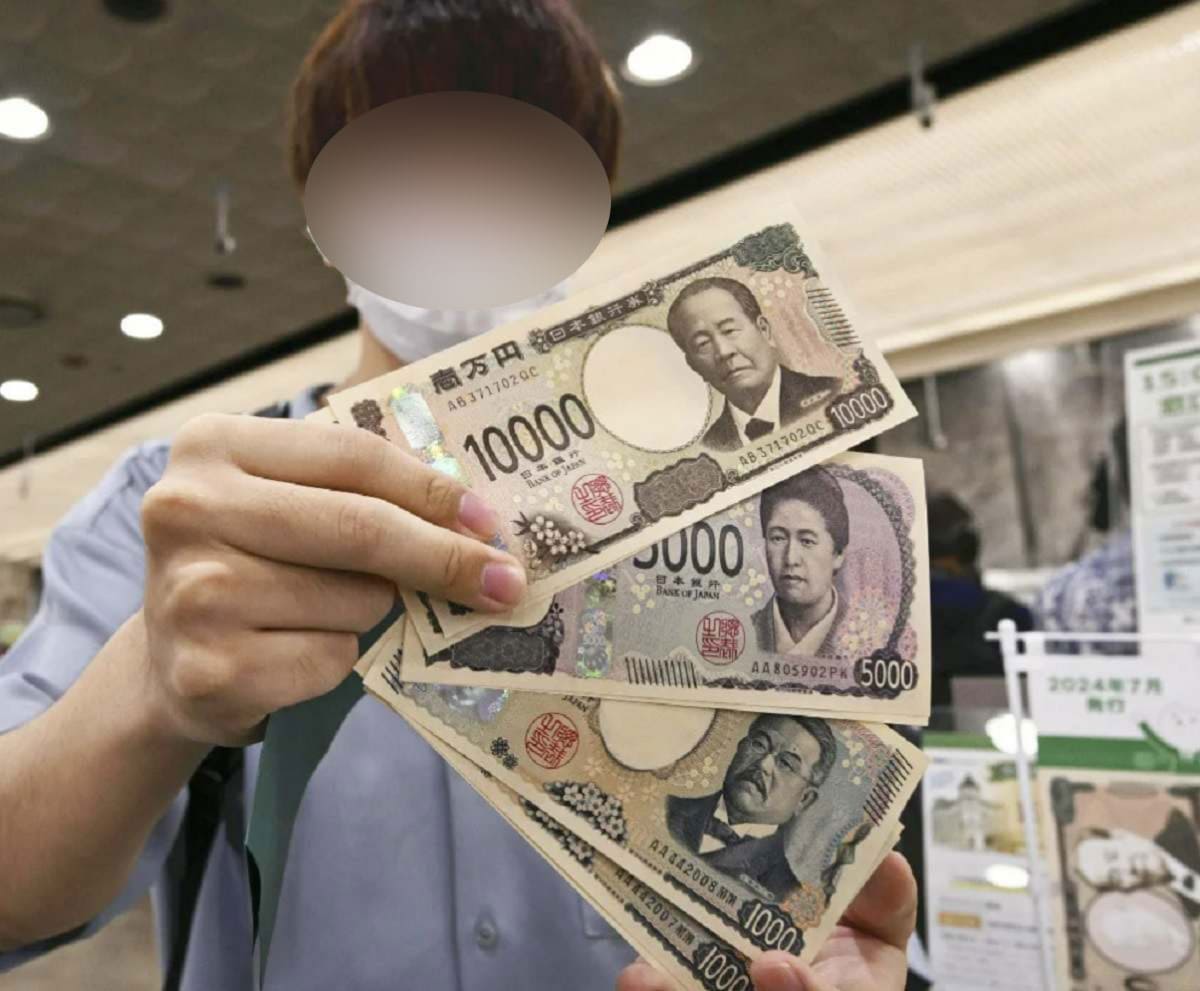 A customer shows off new banknotes at a bank in Saitama on Wednesday
A customer shows off new banknotes at a bank in Saitama on Wednesday
About entering the cashless era
The new notes come as cash-loving Japan is aiming to push for cashless payments. The value of cashless payments has been increasing in the country, but was still shy of the government’s target of around 40 percent in 2023.
As of 2021, such payments had already accounted for more than half of the total in Britain, Canada and the United States as well as China, Singapore and South Korea, according to industry group data.
New 10,000 yen ($62), 5,000 yen and 1,000 yen banknotes featuring cutting-edge anti-counterfeit technology went into circulation in Japan on Wednesday, in the first design change in two decades just as the cash-loving nation slowly goes cashless.
Arigato
Before closing this blog, let’s express gratitude to three individuals who have supported us for over 20 years.

Thank you for your hard work!(Gokurosamadeshita in Japanese)

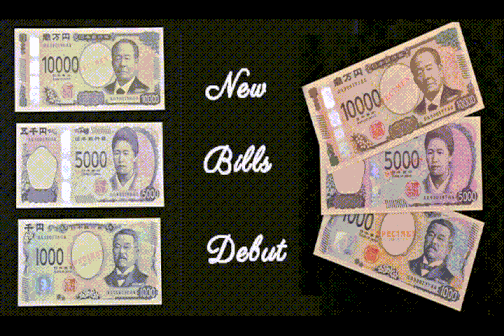






Leave a Comment